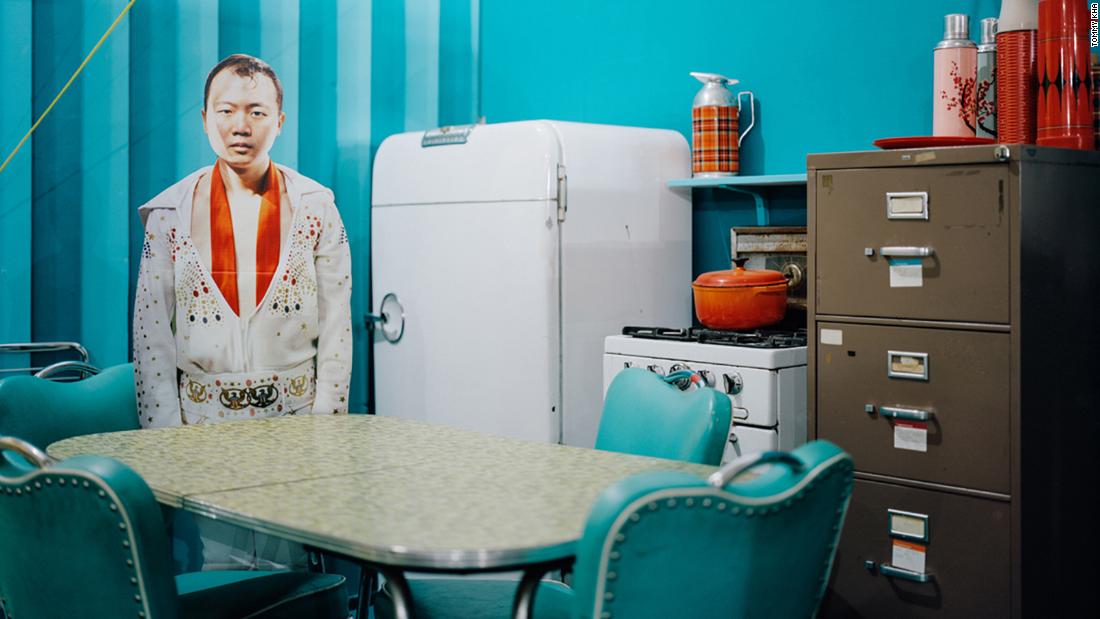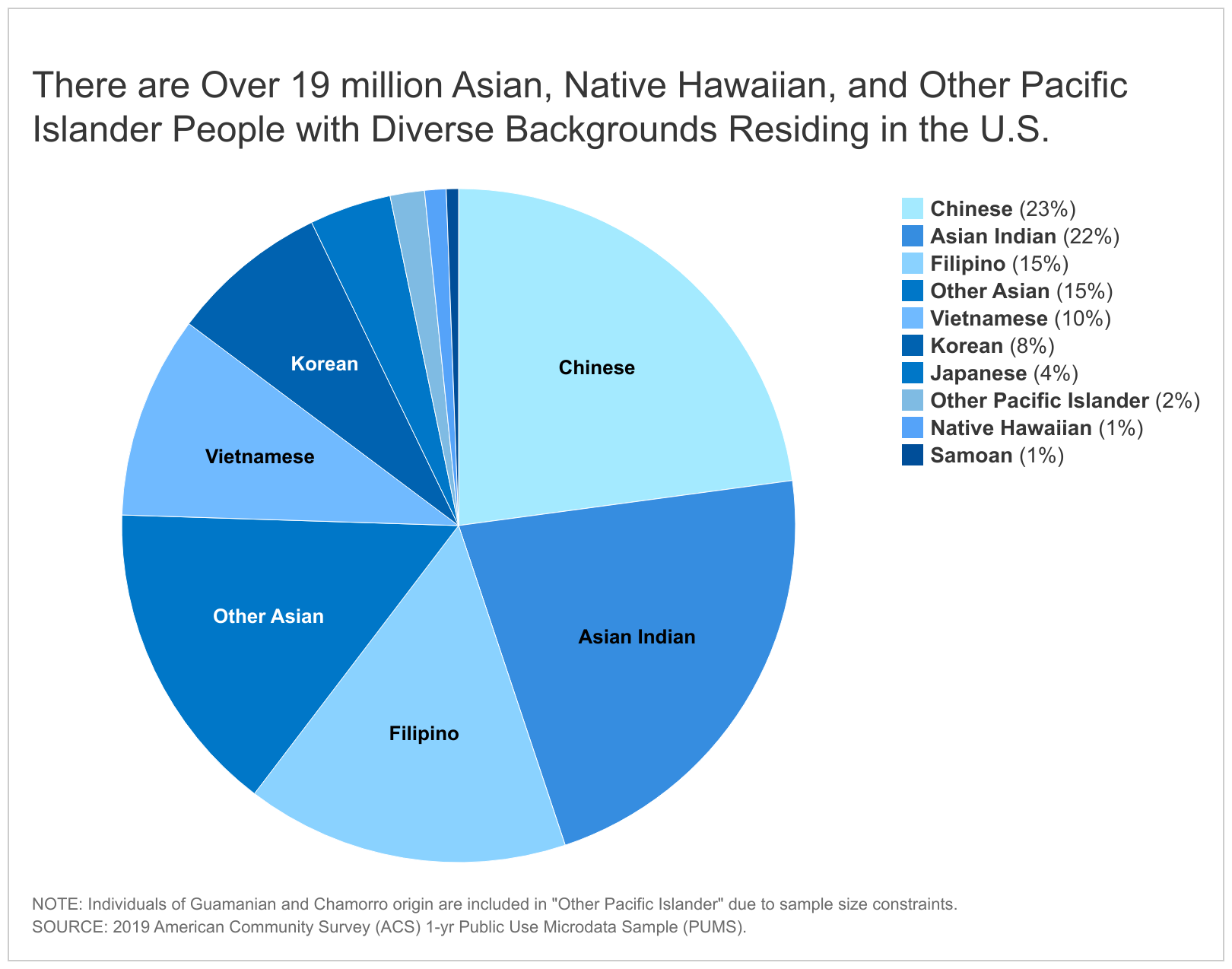
“Education is so important to creating change and fighting racism,” said Mina Fedor, who is 14 years old. “But there’s so little [taught] in schools about AAPI [Asian American and Pacific Islander] history and the contributions of Asian Americans.”
An organization Mina founded last year called AAPI Youth Rising aims to correct that. She and several other middle-schoolers in Oakland, California, created the group “to take small actions to make positive change in our communities.” Those who belong — AAPI youths and their allies across the United States — have been involved in speaking out, supporting legislative action, art activism — and most recently, a program of free lessons on AAPI history.
Mina and three other teens launched the program this month to coincide with Asian American, Native Hawaiian and Pacific Islander Heritage Month. Since March, they’ve been researching and designing their slide presentation. Their hope is that, over time, more schools nationwide will offer at least one such lesson during the school year.
The debut took place at Chandler School in Pasadena, California. Mina, Siwoo Rhie, Charlee Trenkle and Max Wong traveled from their homes in the San Francisco Bay area to speak to the fifth- and eighth-graders there.
The team talked about the diversity of the Asian American experience, with more than 20 million Asian Americans, representing more than 20 countries, living in the United States. They shared information about early anti-Asian laws and the rise of the AAPI civil rights movement 40 years ago.
“I was a little nervous at first [about the presentation], but I had a great time,” Mina told KidsPost by phone from Pasadena.
“The students seemed really interested,” Max said.
Calling out prejudice
The past two years have seen a spike in attacks on Asian Americans.
This is connected to the coronavirus pandemic. Some people falsely blame China, the site of the first cases, for the pandemic, and some have reacted by lashing out at anyone of Asian descent. The Center for the Study of Hate and Extremism reported that 369 anti-Asian hate crimes occurred in 21 major U.S. cities in 2021. That was an increase of 224 percent from 2020.
Even when anti-Asian actions aren’t criminal, they can be hurtful. Mina and Max have experienced bullying, including mean jokes aimed at whether they had covid-19 or ate certain animals. Mina was also disturbed early last year by a racist gesture directed at her mother, who is Korean.
To speak out against hostility and violence, Mina planned a rally in Berkeley, California, in March 2021 that drew more than 1,200 people. Young activists carried signs that read “I am not a disease” and “Stop Asian Hate.” AAPI Youth Rising was created soon after.
“We wanted to uplift youth voices,” Mina said. “Young people have opinions and ideas, but we weren’t seeing any of that” made public.
Since the rally, the organization has sponsored a diverse-voices youth art exhibit, helped with a mural on Asian American heroes in San Francisco’s Chinatown and spoken to other social-justice groups.
Their work has been widely recognized. Mina recently received the Changemaker of the Year Award from the anti-bullying group Act to Change. In January, American Girl partnered with AAPI Youth Rising when the company announced its doll of the year: a Chinese American doll named Corinne Tan. In February, Mina was named a finalist for Time’s 2022 Kid of the Year.
Plans for AAPI history video
Mina doesn’t focus on awards, though, but on next steps. Schools have signed up for the AAPI history lesson, which will be offered virtually and in-person till the end of the school year. This summer, the team plans to adapt their lesson to a video format. It will be available on the organization’s website.
“That way we can reach more schools because we won’t have to be there” to present, Mina said.
The team’s lesson in Pasadena is prompting greater understanding and change, according to Jill Bergeron, director of Chandler’s middle school.
“By raising awareness, [Mina and her team] are helping to curb bias in our communities,” she said. “Our students see that people their age are doing work often attributed to adults, and they are getting a sense of what’s possible and how they might be involved.”
If you’re interested
To become involved, kids and teens can contact AAPI Youth Rising through aapiyouthrising.org. There are chapters in California, Maine and Michigan.
To schedule an AAPI history lesson for grades 4 through 12, teachers can contact aapiyouthrising.org. It’s free.
"asian" - Google News
May 31, 2022 at 08:45PM
https://ift.tt/SjngAMr
Young activists create Asian American history lesson to fight racism - The Washington Post
"asian" - Google News
https://ift.tt/36y8BXu
Shoes Man Tutorial
Pos News Update
Meme Update
Korean Entertainment News
Japan News Update





